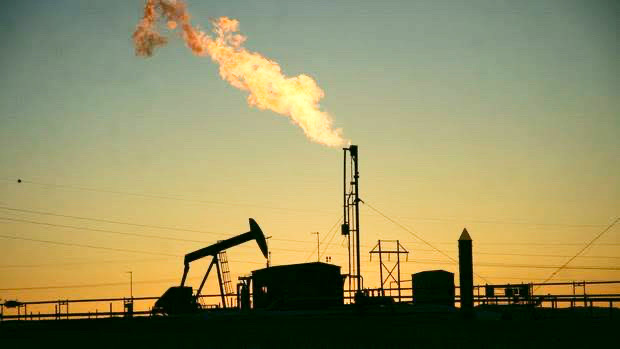KEY POINTS
- U.S. Permian oil growth is expected to slow by 25 percent in 2025.
- Oil producers are shifting their focus from expansion to financial stability.
- Market uncertainty and policy decisions are influencing production strategies.
Despite President Donald Trump’s push for increased oil output, industry experts predict that growth in the U.S. Permian Basin will slow significantly in 2025.
Energy executives at a Houston conference forecast a production increase of only 250,000 to 300,000 barrels per day (bpd) this year, a sharp decline from last year’s 380,000-bpd growth.
Chevron’s vice president of crude supply and trading, Barbara Harrison, confirmed that while Permian production is still expanding, the pace is moderating. “We still expect to see growth in the Permian, but at a much lower rate than before,” she said.
The U.S. Energy Information Administration (EIA) has also adjusted its projections, estimating a 300,000-bpd increase for 2025.
Total output from the Permian reached 6.3 million bpd last year, making up about half of the U.S.’s overall oil production.
Producers shift focus from expansion to profitability
During the shale drilling boom of 2010s, oil companies performed aggressive drilling operations but currently focus on financial strength instead of hasty expansion.
According to Reuters, Chevron’s production in the Permian grew by 14 percent last year, reaching a record 992,000 barrels of oil equivalent per day (boepd), inching closer to its 1 million-boepd target.
The company seeks to reach an annual growth between 9 percent and 10 percent for the upcoming years, according to Harrison.
Coterra Energy’s director of crude and water marketing, Shannon Flowers, emphasized that energy producers are being cautious with their capital spending. “Drill, baby, drill is not going to happen,” Flowers said, noting that Trump’s call for lower energy prices does not necessarily align with oil companies’ interests.
Business organizations have shifted from fast-paced production expansion towards shareholder dividend distribution.
Companies are making this change due to fluctuating oil prices which previously caused most firms to experience profitability challenges.
Market conditions and policy challenges shape the outlook
Total U.S. oil production reached 13.2 million bpd in 2024 to claim the position as the world’s leading oil producer but annual output gains showed reducing figures in recent times.
U.S. oil production increased a mere 280,000 bpd last year which stood greatly below historical figures.
Mediocre market performance and regulatory questions on top of shareholder value strategies deter executives from expanding drilling operations, according to their assessment.
The industry persists in its adjustments toward these environmental variables yet anticipates a moderate pace of expansion in the future.



